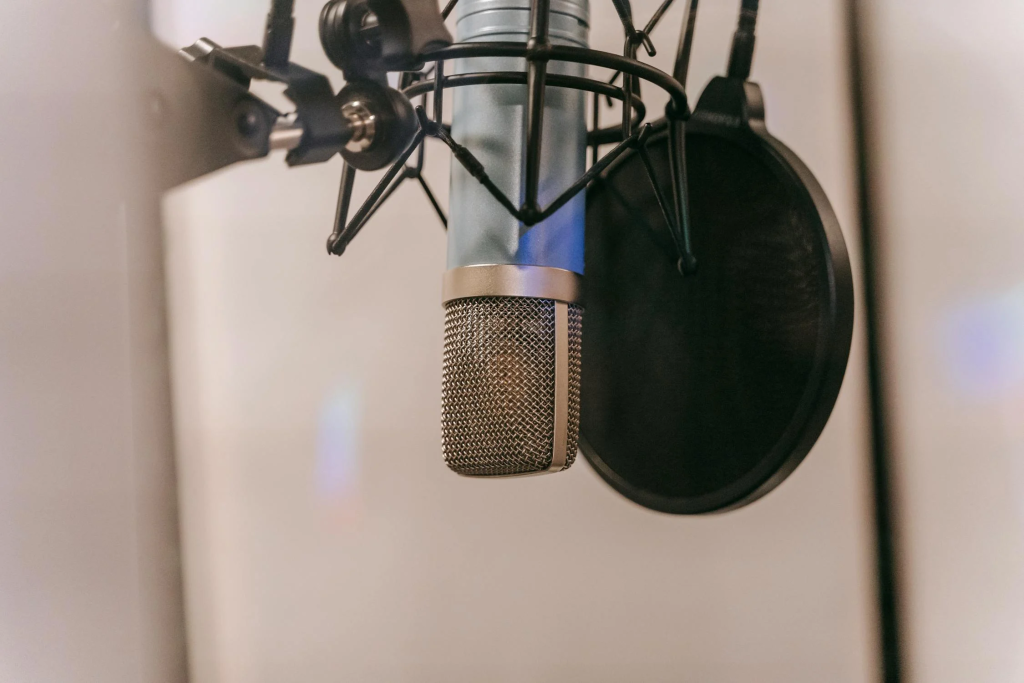When we talk about the voice, it’s not just about how loud or soft someone can sing, but also about the different vocal types and ranges that singers possess. Vocal range is a critical factor that defines the voice, and knowing these distinctions can help singers find their true vocal potential.

This article provides an in-depth look at different types of voices, breaking down vocal ranges, voice types, and their classification.
For more clarification on these terms, refer to the official statement from vocal experts in the field.
How To Measure Vocal Range?
- Lowest note: The deepest sound a singer can produce.
- Highest note: A singer can hit the highest pitch clearly and without strain.
- Vocal Registers: A person’s voice has different registers or regions, including chest voice, middle voice, and head voice.
The extent of your vocal range plays a significant role in determining your voice type.
Main Vocal Types
Voice types are typically classified based on range and vocal timbre. The most common categories are soprano, alto, tenor, and bass. Each voice type is divided into subcategories, and the classification can vary slightly depending on the source.
1. Soprano
The soprano is the highest vocal range and is most commonly used in opera and choral music.
Subtypes Of Soprano
- Lyric Soprano: A voice type that is bright and smooth. These singers excel in songs with graceful melodies.
- Dramatic Soprano: A more powerful soprano voice with a heavier, fuller tone, often used for intense and emotional roles in opera.
- Coloratura Soprano: This type is known for hitting high notes with agility and clarity. Coloratura sopranos often perform rapid, ornamented vocal runs.
2. Alto
Alto voices are lower than sopranos and have a richer, deeper sound.
Subtypes Of Alto
- Lyric Alto: A warmer, softer sound with a rounded tone.
- Dramatic Alto: A robust, full voice type that resonates with power, often used in dramatic roles in opera.
- Contralto: The lowest type of female voice, with a deep, resonant sound that can reach very low notes. Contraltos have a rare and distinct vocal quality.
3. Tenor
The tenor voice type is typically found in male voices and is one of the highest vocal ranges for men.
Subtypes Of Tenor
- Lyric Tenor: A bright, resonant voice with a smooth and expressive quality. Lyric tenors are often seen in romantic roles.
- Dramatic Tenor: These voices have a stronger, more powerful sound and a greater ability to project. They are often seen in intense operatic roles.
- Countertenor: The highest male voice type, often able to sing in a range similar to a soprano or mezzo-soprano. Countertenors often use their falsetto register to reach these higher pitches.
4. Bass
The bass voice is the lowest vocal range and is typically seen in male voices.
Subtypes Of Bass
- Lyric Bass: A rich, resonant voice with a smooth, deep tone.
- Dramatic Bass: This type has a powerful and commanding sound, often used for authoritative or villainous roles in opera.
- Basso Profondo: The lowest bass voice type, capable of hitting deep, rumbling notes that resonate with incredible depth.
Factors Influencing Vocal Range
While vocal range plays a key role in identifying voice types, several factors can influence how a person’s range develops over time.
Age
As singers grow older, their voices naturally change. Younger singers, especially those in their teenage years, might still be discovering their full range, while older individuals may experience a natural narrowing of their vocal range due to aging.
Training
Proper vocal training can help people expand their vocal range and learn to control their voice. Singers can extend their higher and lower ranges through exercises, proper breathing techniques, and vocal warm-ups.
Gender
Gender is another factor that affects vocal range. Generally, male voices are lower than female voices, though exceptions exist. Female voices usually span soprano and alto ranges, while male voices fall within the tenor and bass ranges.
Physical Structure
The size and shape of an individual’s vocal cords and resonance chambers in the throat and head can determine the extent of their vocal range. Singers with larger vocal cords may be able to produce lower notes, while those with smaller cords may excel at higher pitches.
The Importance Of Vocal Registers
Vocal registers are another crucial component of understanding different voice types. These registers help singers control their voices across their entire range. The three primary vocal registers are chest voice, middle voice, and head voice.
- Chest Voice: The chest voice is used for lower notes and is typically the strongest, most powerful register. Singers use this register for speaking and singing in their range’s lower to middle parts.
- Middle Voice: The middle or mixed voice combines chest and head voice. It allows singers to blend the strength of the chest voice with the higher, more resonant tones of the head voice.
- Head Voice: The head voice is used for higher notes and is characterised by a lighter, more airy tone. Singers use this register for their highest pitches, typically in the soprano, mezzo-soprano, and tenor ranges.
Understanding Vocal Timbre
Timbre, or “tone colour,” is another important consideration in understanding voice types. While two singers may have the same vocal range, their voices may differ. Timbre is what gives each voice its unique quality.
1. Bright Timbre
A bright voice typically has a clear, resonant sound, emphasising higher frequencies. Sopranos often have bright timbres, which give them their sparkling, pure sound.
2. Dark Timbre
A darker voice has a fuller, deeper sound, often emphasising lower frequencies. Altos and basses tend to have darker timbres, which add warmth and depth to their voices.
3. Warm Timbre
A warm voice feels rich and smooth, often with a rounded, mellow quality. Many lyric tenors and lyric sopranos possess a warm timbre.
How To Find Your Voice Type?
Finding your voice type is an essential part of vocal development. The best way to determine your voice type is to seek guidance from a vocal coach, who can assess your range and help identify your strongest vocal qualities. If you prefer to assess it on your own, here’s a simple guide to help you:
- Identify Your Range: Start by singing scales, moving from low to high notes, and note where your voice feels comfortable.
- Assess Your Timbre: Pay attention to the quality of your voice. Does it sound bright, dark, or warm?
- Consider Your Vocal Registers: Determine which vocal register you feel most comfortable singing in. Are you more powerful in your chest voice, or do you excel in your head voice?
- Consult with a Vocal Teacher: A teacher can provide valuable feedback and help you refine your voice type.
Conclusion
Understanding different types of voices and vocal ranges is essential for singers of all levels. By learning about the various voice types—soprano, alto, tenor, and bass—along with their subtypes and vocal registers, singers can better identify their natural voice and improve their vocal technique.
Whether you’re a beginner exploring your vocal potential or an experienced singer refining your sound, knowing your voice type is key to achieving vocal growth and success. With proper training and awareness of your range, you can fully harness the power of your voice and confidently explore the different registers within your vocal range.
Frequently Asked Questions
What Determines My Vocal Range?
Your vocal range is determined by the length, mass, and tension of your vocal cords and the size of your vocal cavities. Factors such as age, training, and physical characteristics can influence the extent of your vocal range. Proper vocal training can help you expand your voice’s higher and lower limits.
Can I Change My Voice Type With Practice?
While you cannot entirely change your voice type, you can enhance and refine your vocal range through proper training and technique. For example, a soprano might work on expanding their lower register, or a tenor might increase their high range. Vocal exercises, breathing techniques, and consistent practice can help you maximise your potential within your voice type.
How Do I Know If I Am A Soprano, Alto, Tenor, Or Bass?
To determine your voice type, assess your vocal range by singing scales from low to high and note where your voice feels most comfortable. Additionally, consider the timbre of your voice—whether it’s bright, dark, or warm. A vocal coach can also help you accurately pinpoint your voice type based on your range and vocal characteristics.
